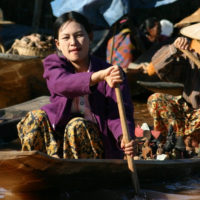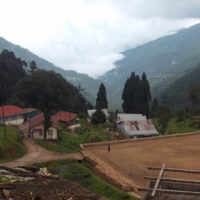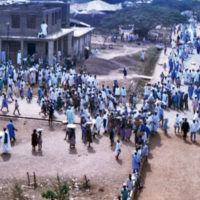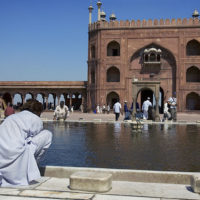HUDSONVILLE, MI – Kenya Hope was established when a group of like-minded Christians shared concern for reaching the widespread tribes in Kenya. They made a commitment to research the complex, interwoven problems common in developing nations and to provide immediate aid, holistic rehabilitation, and long-term recovery.
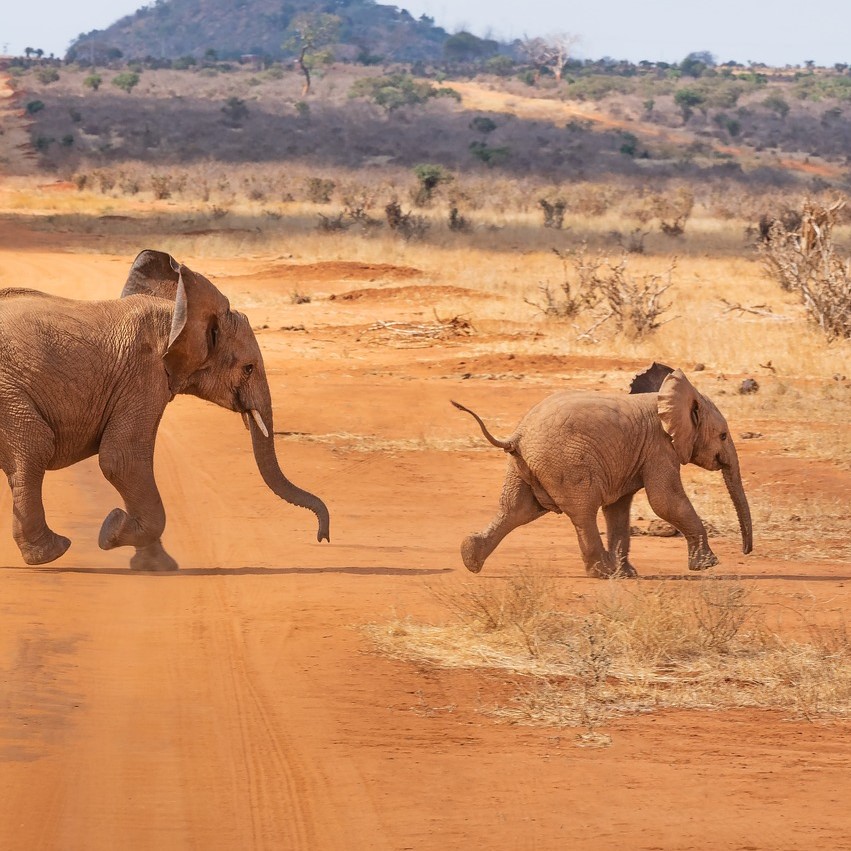 The Kenya Hope team used a four-fold approach for building Hope Centers that continues to be its template for its ministry today. As of 2020, seven Hope Centers are open and operating across Kenya, providing relief
The Kenya Hope team used a four-fold approach for building Hope Centers that continues to be its template for its ministry today. As of 2020, seven Hope Centers are open and operating across Kenya, providing relief
- Spiritually, through Bible classes, chapel services, and vacation Bible schools.
- Academically, for children from pre-school through the 8th
- Medically, via clinics, doctors, and dentists.
- Sustainably, applying affordable best practices, appropriate solutions, and proven long-lasting results.
Kenya Hope Addresses Common Problems
Many of the problems native Kenyans face are the same as other people groups and nations across the 10/40 Window: generational poverty. Those problems include limited access to clean water and sanitation, food, education, medical care, and the gospel. Kenya Hope leadership recognizes that
“Providing a reliable and affordable source of fresh water is the single most life-changing thing that Kenya Hope can do (apart from preaching the Gospel of Jesus Christ).” [1]
Kenya Hope Addresses Unusual Problems
We have all heard the stories that our grandparents to walk to school – uphill – both ways – in knee-deep snow. Those are obviously tall tales.
You might say that Kenya Hope was inspired to build its Olilii Hope Center because of tall tails. That’s right, tall tails. On the elephants that chased them as they traveled the path to the next village to the nearest school! Losing your homework when you had to flee from the elephants is a lot more believable that claiming that your dog ate it. (Although the elephant excuse would probably not work here in the U.S.)
Kenya Hope built a school with multiple classrooms, restrooms, clean water, teacher housing, and a food-prep facility. The school serves 250 students. The government has even provided electrical power to the center.
The Olilii Hope Center was an outgrowth of the Oloototo Center that was built in 1984. The Oloototo Hope Center has a chapel with a resident pastor and a medical clinic with a full-time nurse, dormitories for 200 students, staff housing, and its own water filtration system. The school is ranked 15th out of 130 schools in the district. The resident pastor is a graduate of the Hope Center school!
The Kisumu Hope Center is located in the city with the highest incidence of HIV/AIDS in Kenya. It is also home to the only secondary school operate by Kenya Hope. The complex includes a “full-scale” clinic with a resident doctor.
Of the seven Hope Centers, the one in Kibera is the most unusual, and the task at hand may be the most challenging. With more than 1,000,000 residents, Kibera is the third-largest slum in the world and the largest on the African continent.
“Most families in Kibera live in rented 12’ x 12’ shacks with mud walls and tin roofs. The people have limited access to clean water via one of two water pipes that have recently been installed to serve the slum.
There are very few toilet facilities. Those that exist are typically just holes in the ground shared by as many as 50 families. Open sewage lines slowly wend their way through the dirt streets. For this reason, the slum is “heavily polluted by human refuse, garbage, soot, dust, and other wastes.” The entire slum is contaminated with human and animal feces.” [2]
Currently, Kenya Hope has no buildings of its own in Kibera. It offers the same activities as the other six centers, using facilities owned by churches and Christian faith-based organizations. Its daily feeding program, door-to-door visitation, and Saturday Bible Club combine to offer a holistic ministry to these people who are in great need. The Saturday Bible Club attracts between 150 to 250 children each week.
Kenya Hope is an amazing outreach to groups of people in that nation who face existential suffering every day.
Learn more about Kenya Hope, the other Hope Centers, their Widows’ Might program, and some of their current needs by visiting their website.
Read more news on Kenya and World Missions on Missions Box.
Sources:
- Kenya Hope, Official Website
- ECFA, Kenya Hope
- Mission Network News, COVID-19 cases climb in Kenya; Christians respond to community needs

